Nestled on a hilltop in Italy sits the medieval fortress of Gradara, where one of literature’s most famous tragic love stories took place. When I first visited this castle, I was immediately transported back to the 13th century where Paolo and Francesca’s forbidden romance unfolded behind these ancient stone walls.
Their tragic tale, immortalized in Dante’s Divine Comedy, draws visitors from around the world who want to walk in the footsteps of these star-crossed lovers whose affair ended in a double murder.

The castle itself is remarkably preserved, with its crenellated walls and imposing tower offering glimpses into medieval life.
As I wandered through the rooms where Francesca lived with her husband (Paolo’s brother), I couldn’t help but feel the weight of their story. Their romance began innocently enough—reading together—before blossoming into a forbidden love that ultimately led to their deaths at the hands of Francesca’s jealous husband.
Walking through Gradara feels like stepping into a real-life Romeo and Juliet story, except this tragedy actually happened.
The two-hour guided tours focus on the legendary romance, taking you to key locations including the Torre dell’Amore (Tower of Love). I recommend visiting in the quieter morning hours when you can almost hear the whispers of Paolo and Francesca echoing through the centuries-old corridors.
The Tale of Paolo and Francesca
Few love stories capture the essence of forbidden passion and its tragic consequences like that of Paolo and Francesca. Their tale has inspired countless artists and writers since Dante immortalized them in his Divine Comedy.
Eternal Love through Dante’s Lens
Dante Alighieri placed Paolo and Francesca in the second circle of Hell in his masterpiece “Inferno,” where souls punished for lust are eternally blown about by violent winds. When I first read Canto V, I was struck by how sympathetically Dante portrays these lovers. He actually faints from emotion after hearing their story!
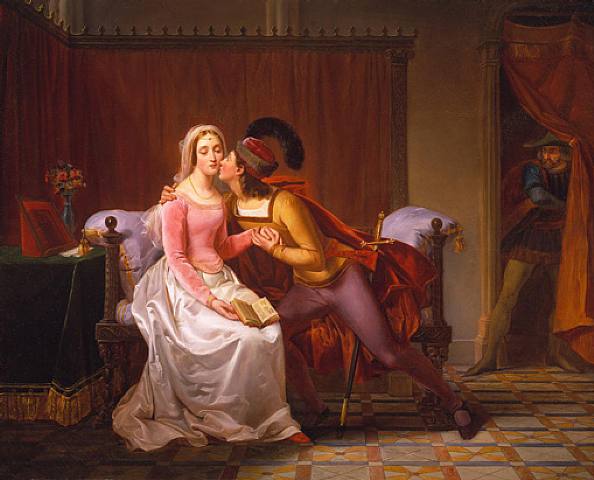
In Dante’s telling, the pair fell in love while reading the romance of Lancelot and Guinevere. The famous line “that day we read no further” marks the moment their passion overcame them. Despite their sin, Dante presents them as inseparable even in punishment.
What fascinates me most is how Dante uses their story to explore the complex relationship between love, desire, and sin. They remain one of the most poignant examples of how love can be both beautiful and destructive.
Historical Context of the Illicit Affair
The real Paolo and Francesca lived in 13th-century Italy. Francesca da Rimini was married to Giovanni Malatesta (nicknamed “the Lame”) in a political arrangement. The tragic affair occurred when she fell in love with Giovanni’s younger brother Paolo.
Their forbidden relationship ended violently in September 1289 at Gradara Castle when Giovanni discovered them together and killed them both. This wasn’t just a romantic tragedy but a scandal with serious political implications for the powerful Malatesta family.
I’ve walked through Gradara Castle where this drama unfolded, and the medieval stone walls seem to echo with their story. The political marriages common in medieval Italy created perfect conditions for such tragic affairs, where duty clashed with desire.
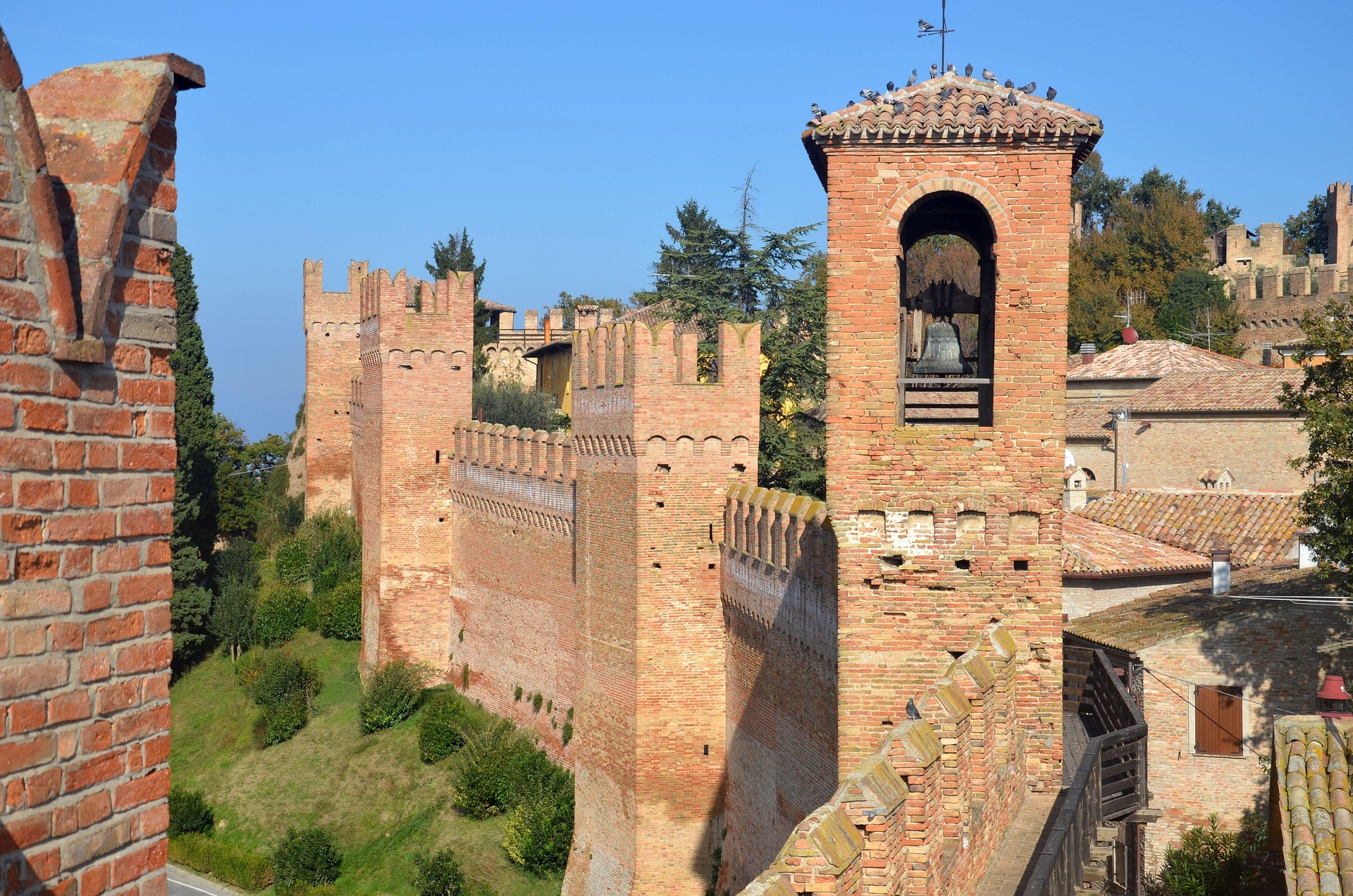
Literary Impact on English and Italian Literature
Paolo and Francesca’s story has inspired countless works across centuries. In Italy, Gabriele D’Annunzio’s play “Francesca da Rimini” (1901) reimagined their passion, while Riccardo Zandonai turned it into an opera.
English writers were equally captivated. John Keats referenced them in his poetry, and Dante Gabriel Rossetti created haunting paintings of the lovers. When I studied English literature, I discovered how Lord Byron drew parallels to their story in his own explorations of forbidden desire.
Their tale remains relevant because it speaks to universal themes: forbidden love, passion versus duty, and the consequences of desire. What I find remarkable is how their story transcends its medieval origins to become a cultural touchstone for exploring adulterous love across art forms.

The Castle of Ravenna: A Portal to the Past
Stepping into Ravenna’s historic castle feels like traveling back in time to an era of courtly love and medieval intrigue. The stone walls seem to whisper secrets of the past, preserving stories like Paolo and Francesca’s tragic romance.
Architectural Marvels and Medieval Aesthetics
The castle’s impressive architecture captivates me every time I visit. Built in the 11th century, its sturdy stone walls and imposing towers showcase the military engineering genius of medieval builders. I’m always struck by the detailed stonework around the windows and entranceways.
Inside, the great hall features original wooden beams and massive fireplaces where nobles once gathered. The castle’s narrow spiral staircases, designed for defense, give me a real sense of how life flowed through these spaces centuries ago.
What fascinates me most are the hidden passages connecting different chambers—perhaps the very routes Paolo might have used to secretly meet his beloved Francesca!
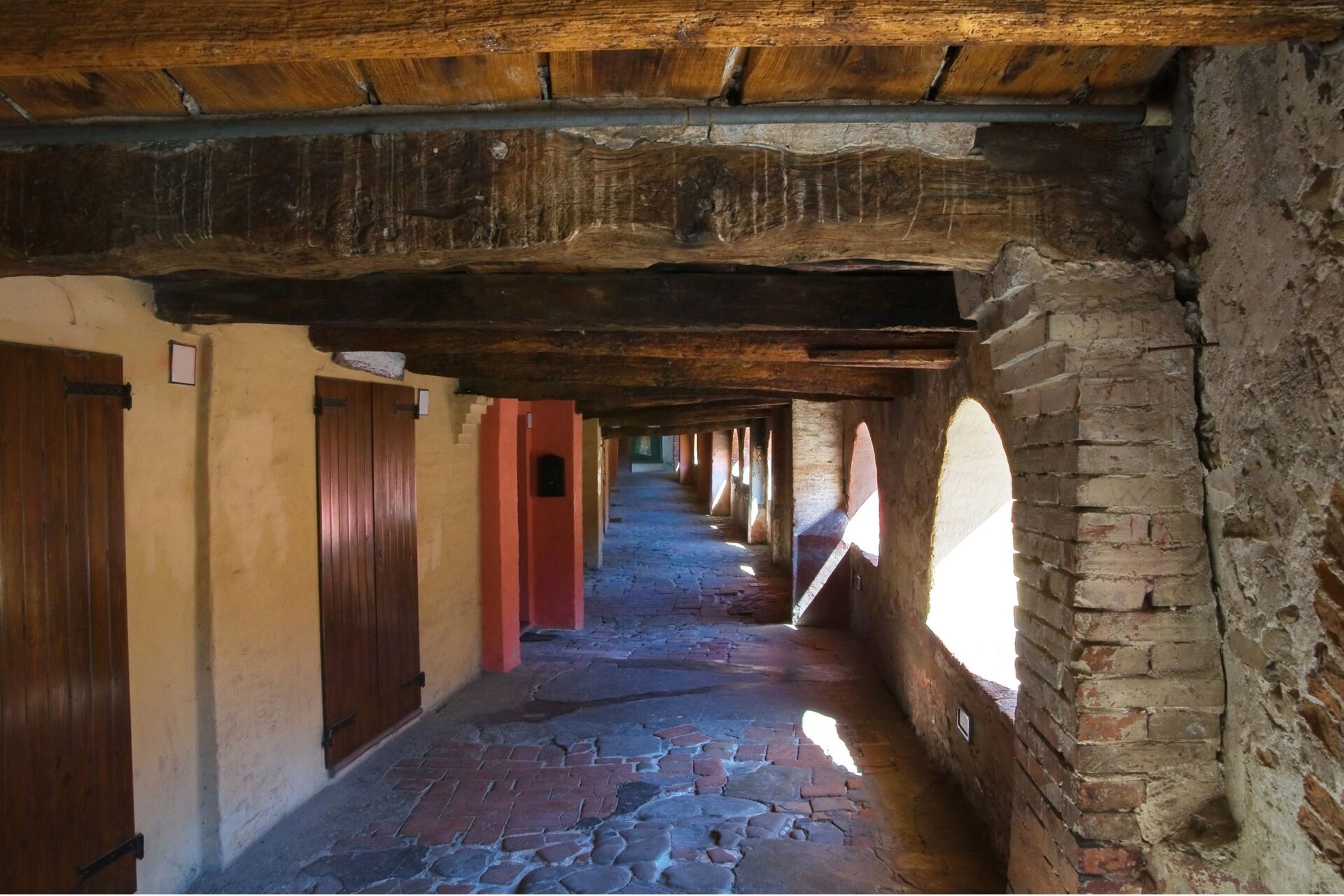
Ravenna as a Crucible of Culture
Ravenna’s castle wasn’t just a military fortress—it was a vibrant cultural center. During my visits, I’ve learned how the castle hosted famous poets, musicians, and artists seeking patronage from the noble families.
The castle’s library contains rare illuminated manuscripts that showcase Ravenna’s importance as a center of learning. Medieval culture truly flourished here, with courtly traditions influencing everything from music to fashion.
The castle witnessed the transition from Medieval to Renaissance ideals. You can see this evolution in the artwork adorning the walls—earlier religious themes gradually giving way to more humanistic subjects.
I particularly love examining the family crests and symbols throughout the castle that tell stories of alliances, feuds, and the complex web of relationships that ultimately led to tragedies like Paolo and Francesca’s.

Tragedy and Context in Literary Works
The tragic tale of Paolo and Francesca has deeply influenced literature and art since Dante first immortalized their story in his Divine Comedy. Their forbidden love represents timeless themes that continue to resonate across centuries.
From Ovid to Boccaccio: Tracing Themes of Forbidden Love
I’ve always been fascinated by how the Paolo and Francesca story connects to earlier literary traditions. Their tale echoes Ovid’s explorations of forbidden desire in his Metamorphoses, where love often leads to transformation and tragedy.
Boccaccio later expanded on these themes in his Decameron, particularly during the Third Day narratives. When I read these works, I notice how they all examine the tension between social obligations and personal desires.
What makes these connections meaningful is the intertextuality between them. Dante himself acknowledges this literary heritage by having Paolo and Francesca reading a romance about Lancelot when they fall in love.

Interpreting Love and Desire through Art and Text
Artists and writers have interpreted this tragic love affair differently across eras. I’ve observed how Renaissance painters emphasized the beauty of their passion, while Victorian artists highlighted the moral consequences.
Psychoanalytic interpretations add another layer of understanding. When I studied these analyses, I found that many explore how the couple’s desire represents universal human struggles between duty and passion.
The story continues to inspire modern interpretations in film, music, and literature. I’ve seen contemporary works use Paolo and Francesca as symbols of love that defies societal restrictions.
What touches me most about their story is how it captures the full spectrum of love – both its transcendent beauty and its potential for devastation.
Exploring the Cultural and Philosophical Landscape
The tragic love story of Paolo and Francesca unfolded against a rich backdrop of medieval philosophy, emerging Renaissance ideals, and evolving notions of love and morality. Their tale resonates through centuries precisely because it captures timeless tensions between desire and duty.

The Philosophies of Love and Morality
Medieval Italy existed at a fascinating crossroads of religious doctrine and courtly love traditions. When I visited the castle in Gradara, I was struck by how the story embodied this tension. In the 13th century, love was increasingly celebrated in poetry but remained constrained by strict moral codes.
The Catholic Church’s teachings emphasized marital fidelity, while troubadours sang of passionate, often illicit connections. Paolo and Francesca’s romance emerged from this contradiction. Their story poses timeless questions: Does love transcend social rules? Can genuine emotion be sinful?
Dante himself seemed conflicted in his portrayal. He condemns the lovers to Hell yet portrays them with unmistakable sympathy. This ambivalence reflects the philosophical struggle of medieval minds trying to reconcile human passion with divine law.
The Renaissance Mind: Medici and Beyond
Though their tragedy predated the Renaissance, Paolo and Francesca became icons during this transformative era. As I learned while exploring Florence, the Medici family and their contemporaries were fascinated by these medieval lovers.
Renaissance thinkers reimagined the story through a humanist lens. They saw it not just as a moral tale but as an exploration of human emotion and agency. In Medici-sponsored art, the lovers appear increasingly as symbols of passion rather than cautionary figures.
This shift reflected broader changes in Italian society. The emerging Renaissance valued individual experience and classical ideals alongside Christian morality. Florence became the epicenter of this cultural evolution, where artists and philosophers reconsidered ancient stories through contemporary eyes.
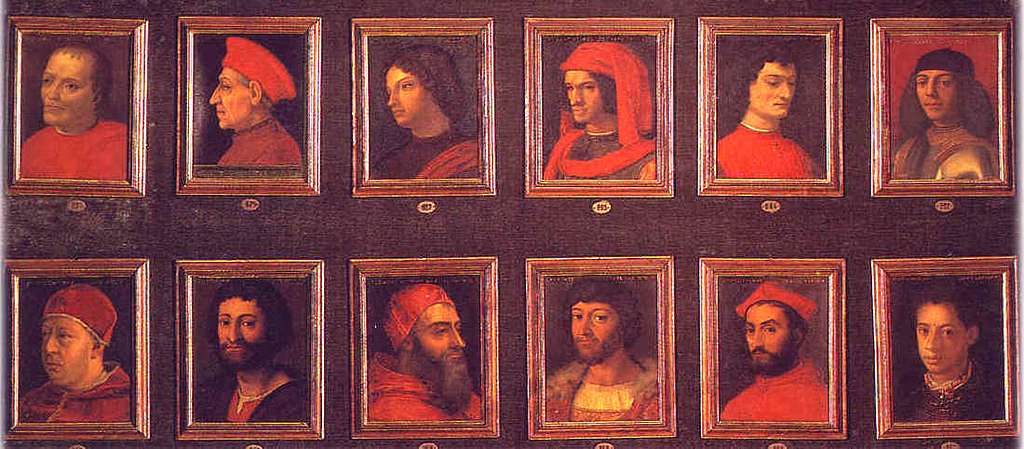
Literary Criticism and the Noble Heart
Literary interpretations of Paolo and Francesca have evolved dramatically through centuries. The Romantic era particularly embraced them as symbols of love’s transcendent power against societal constraints.
When I discuss the story with local scholars in Gradara, they emphasize how the “noble heart” mentioned in Dante’s text became a critical concept. This nobility – the capacity for refined emotion – was seen as both the lovers’ virtue and downfall.
19th-century critics like Francesco De Sanctis viewed the tale as a triumph of human emotion over medieval restrictions. Modern interpretations often focus on Francesca’s agency and voice. The story continues to inspire debate among literary scholars about consent, passion, and moral responsibility.
Poets from Keats to Rossetti found inspiration in their tragedy, seeing in it universal truths about desire’s power and limits.
The Journey Beyond: Impact on Pilgrimage and Modern Day Travel
The tragic tale of Paolo and Francesca has transformed the locations of their story into destinations that blend historical pilgrimage with modern tourism. Their legend continues to draw visitors from around the world to experience these places firsthand.
From Pilgrimage Routes to Tourist Paths
The story of Paolo and Francesca has created a unique form of cultural pilgrimage that extends beyond traditional religious journeys. I’ve noticed how their tale inspires travelers to follow literary and historical paths across Italy.
Unlike traditional pilgrimages with fixed routes, these journeys allow visitors to create personal connections with the tragic love story.
The effects of these travels often extend beyond the duration of the visit itself. Many travelers report feeling deeply moved by standing in the same spaces where Paolo and Francesca once lived. This emotional impact has helped preserve these sites for centuries.
Tourism boards in Emilia-Romagna now promote “Romantic Literary Routes” that include key locations from their story. These routes blend history, literature, and travel in ways that appeal to modern sensibilities.
Visiting Ravenna, Rimini, and Parma in the Footsteps of Legends
I recently followed the Paolo and Francesca trail through Rimini. The Malatesta family once ruled there. Then, I went to Ravenna, where you can visit Francesca’s childhood home. The experience connects you directly to both the historical figures and the Renaissance artists they inspired.
In Parma, I discovered lesser-known connections to their story through local art collections. The city’s museums house several Renaissance paintings depicting the lovers’ tragic end.
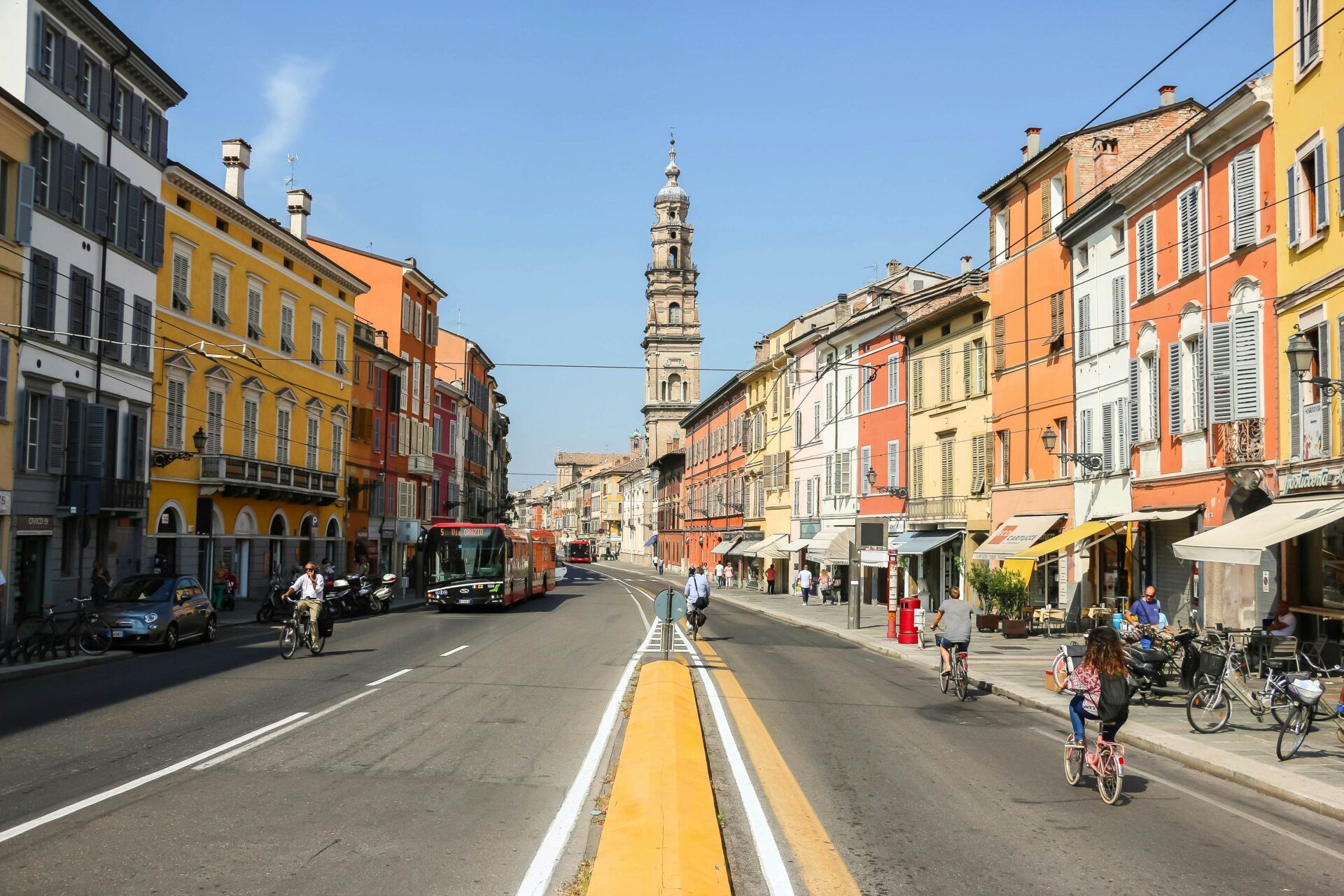
Image Source: Lonely Planet
What struck me most was how these cities have preserved medieval architecture alongside modern amenities. You can literally walk the same streets as Paolo and Francesca while enjoying excellent restaurants and boutique hotels.
Florence offers another dimension to the journey. It houses many artistic interpretations of their story from the Italian Renaissance period. Botticelli’s illustrations of Dante’s Divine Comedy are particularly moving.

